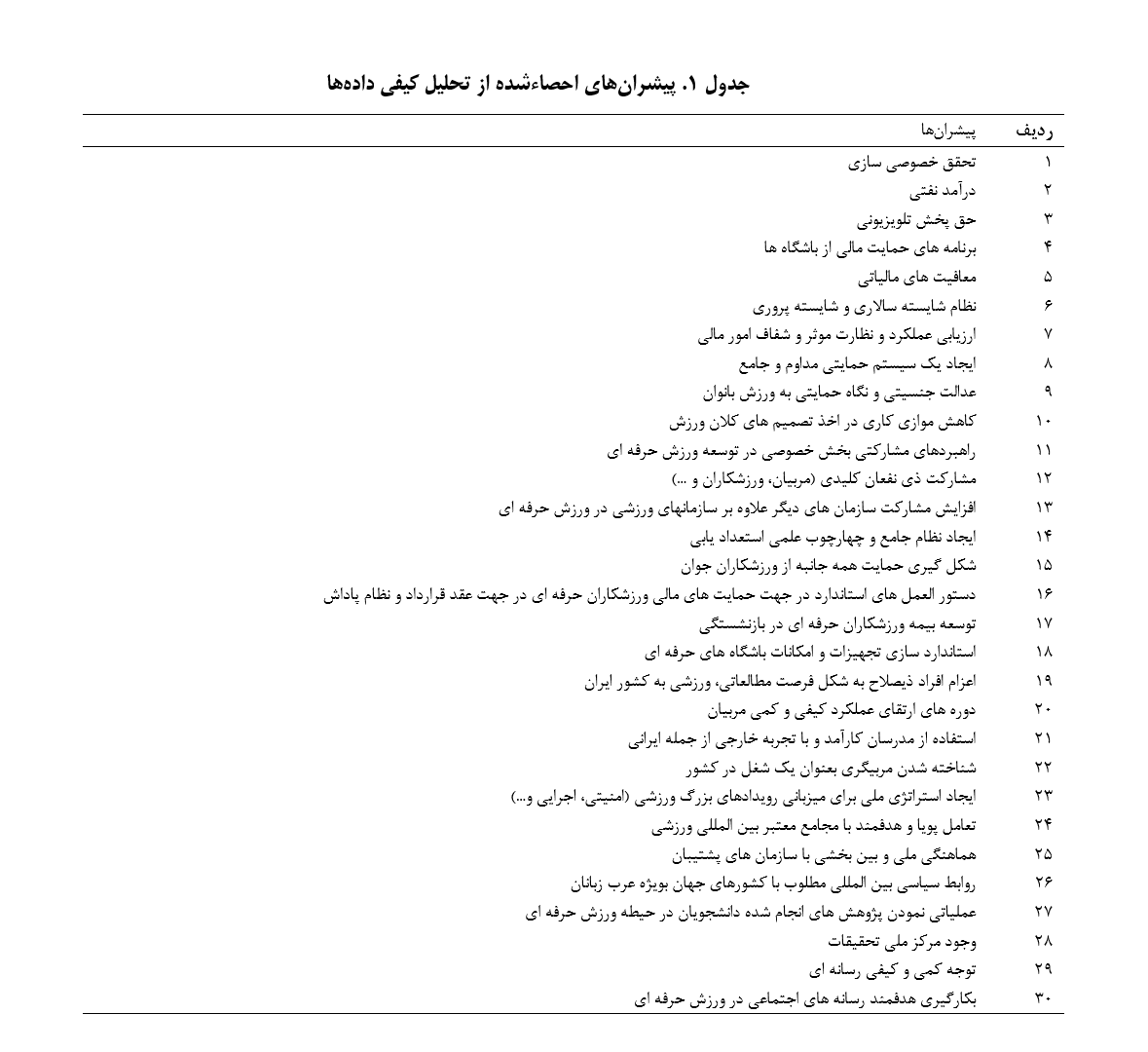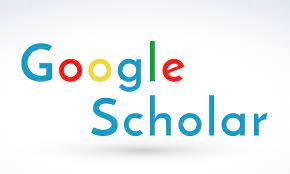Identifying the Drivers of Professional Sports Development in Iraq by 2027
Keywords:
Professional sports, Iraq, privatization, gender equity, sports governance, sports analytics, economic development, sustainable growthAbstract
This study aimed to identify the key drivers influencing the development of professional sports in Iraq by 2027. The study employed an exploratory qualitative design using purposive and snowball sampling to select 25 stakeholders, including senior managers of sports clubs, officials from the Ministry of Youth and Sports, experts in sports management, and futurists. Data were collected through semi-structured in-depth interviews, document analysis, and focus group discussions in foresight workshops. Thematic analysis was used to identify key themes, supported by triangulation to ensure validity and reliability. Key drivers identified included economic factors such as privatization, tax exemptions, and television broadcasting rights; social and cultural elements like gender equity and comprehensive support for young athletes; technological advancements, particularly the use of artificial intelligence in sports analytics; and governance improvements, including transparency, performance evaluation, and stakeholder engagement. The findings emphasized the importance of integrating sports with other sectors, such as health and tourism, to ensure sustainable growth. Participants also highlighted the need for targeted educational programs and the role of media in promoting professional sports. The development of professional sports in Iraq requires a multidimensional approach that combines economic incentives, technological integration, and governance reforms. Addressing challenges such as resource mismanagement, limited infrastructure, and gender inequity while capitalizing on identified drivers can foster a vibrant and competitive sports ecosystem. The study provides actionable insights for policymakers and stakeholders to implement targeted strategies for sustainable sports development.
Downloads
References
Abd-Alzahra AK, Al-Shoun AA, Rasheed SH. Effective Administration of the Talent Care Centers of Sports Directors in the Ministry of Youth and Sports of Employees’ Point of View. 2021. doi: 10.14198/jhse.2021.16.proc4.39.
Skerritt B, Boyd C, Al-Mudhaffar H, McDonald JC, Roscoe AM. Moving From Conflict to Engagement With a Marginalised Community in Iraq Generates Mutual Trust, Improved Security and Business Continuity. 2018. doi: 10.2118/190668-ms.
Najmaldeen NK. The Role of Management Values for Leaders Scouts and Their Relationship Achieving Sustainable Development Goals in Iraq. Al-Rafidain Journal for Sport Sciences. 2021;24(74):184-214. doi: 10.33899/rjss.2021.167979.
Hussen BS, Himam WK. Proposed Strategy for the Development of Sports Tourism in Iraq's Kurdistan Region. Twejer. 2022;5(1):819-64. doi: 10.31918/twejer.2251.19.
Kattoof KY. The Role of Sports Medicine in Preventing and Managing Common Injuries in Athletes. Jpo. 2024;1(3):8. doi: 10.47134/jpo.v1i3.378.
Saloua Ba. Impact of National Development Programs and Legislations on the Cereal Crops Seed Sector in Iraq. Plant Science Today. 2024. doi: 10.14719/pst.4722.
Sharma YK. Exploring Differences and Similarities: A Comparative Analysis of International Sports Federations (ISFS) and National Sports Federations (NSFS). International Journal of Applied Research. 2024;10(8):18-20. doi: 10.22271/allresearch.2024.v10.i8a.11911.
Al-Dirawi AAY. The Bright and Dark Sides of Sports Interpreting in Iraq: Football Interpreting as an Example. JLS. 2024;8(9):347-55. doi: 10.25130/lang.8.9.23.
Abbas J. Building and Codifying a Measure of Competitive Behavior for Basketball Players in Iraq. Mustansiriyah J Sports Sc. 2024;1(4):145-61. doi: 10.62540/mjss.2020.01.04.13.
Liu J. Can the Integration of Sports and Health Industries Drive the Upgrade of the Sports Industry?—An Empirical Study Based on Chinese-Style Modernization. Plos One. 2024;19(2):e0297974. doi: 10.1371/journal.pone.0297974.
Mohammed AH. The Role of Artificial Intelligence in Enhancing Sports Analytics and Training. Cihan University-Erbil Scientific Journal. 2024;8(1):58-62. doi: 10.24086/cuesj.v8n1y2024.pp58-62.
Asadi H, Khalaf SQ. The Effect of Exercise Specific to Use Designer (Quality Response) Device to Develop the Speed and Accuracy of the Reception and Passing Skills of Football Players in Ages (14 Years). International Journal of Research in Social Sciences and Humanities. 2020;10(01):506-19. doi: 10.37648/ijrssh.v10i01.049.
Faisal HT, Zaid NAA. The Effect of a Program Using Auxiliary Tools to Improve the Long Passing Skill of Football Juniors. The Egyptian Journal of Hospital Medicine. 2023;90(2):2734-41. doi: 10.21608/ejhm.2023.287313.
Hamzah BM. The Effect of Interactive Speed Exercises on Developing Some Skills Women's Futsal. Modern Sport. 2023;22(4). doi: 10.54702/ms.v22i4.1216.
Saber M. Impact of Governance on the Social Responsibility of Sports Institutions in Kirkuk Governorate. Sport Tk-Revista Euroamericana De Ciencias Del Deporte. 2022:25. doi: 10.6018/sportk.522841.
Albyati A, Al-Essa H. Suggested Standards for the Quality of Higher Education for the Colleges of Physical Education and Sports Sciences in Iraq From the Teachers' Point of View. Al-Rafidain Journal for Sport Sciences. 2022;25(78 syppl):218-36. doi: 10.33899/rjss.2022.175458.
Alcocer G. Climatic Change and Population Control. Mediterranean Journal of Basic and Applied Sciences. 2022;06(04):42-78. doi: 10.46382/mjbas.2022.6406.
Mutar AF, Abdullah AR, Jasim OM, Saare MA, Lashari SA. A Comprehensive Method of E-Government Transition for Viable Development in Iraq. Bulletin of Electrical Engineering and Informatics. 2022;11(4):2388-98. doi: 10.11591/eei.v11i4.3142.
Obaid AI, Kishore KC. The Impact of Social Media (SM) on Sport Marketing Strategy Development: A Case Study of Football Teams in Iraq. Journal La Sociale. 2022;3(4):155-9. doi: 10.37899/journal-la-sociale.v3i4.684.

Downloads
Published
Submitted
Revised
Accepted
Issue
Section
License
Copyright (c) 2025 Journal of Study and Innovation in Education and Development

This work is licensed under a Creative Commons Attribution-NonCommercial 4.0 International License.










